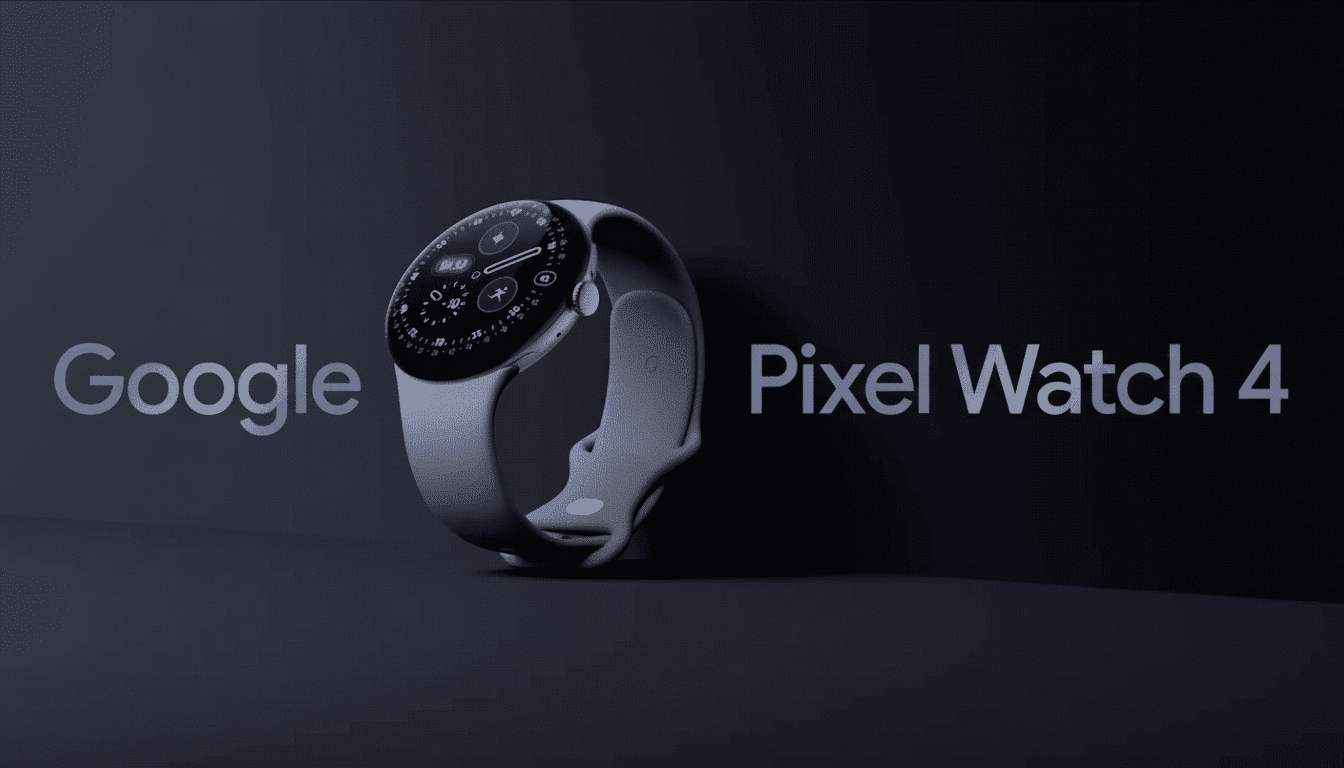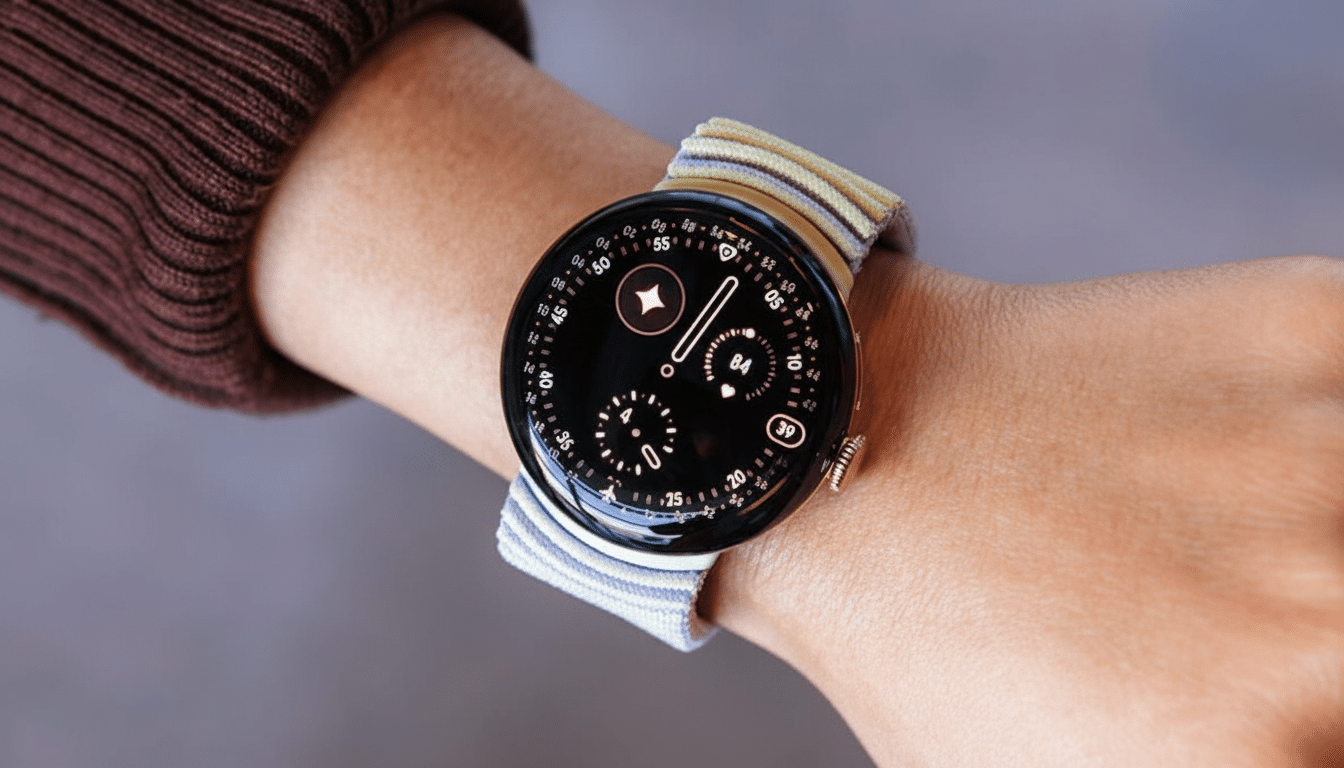I wanted the Google Pixel Watch 4 to come with brighter screens and longer-lasting battery life. It does. But the single feature that reoriented how I think about a smartwatch is something much simpler, and much smarter: raise-to-talk with Gemini. Render the natural wrist-lift into an instantaneous voice prompt, and the Pixel Watch 4 smoothes off those friction points that made assistants feel like work. It’s the first time it felt like a conversation and not just something you read because it was available.
The Feature That Finally Makes Sense on a Smartwatch
All the watch assistants I’ve tried required either a long-press or a hotword. Each introduces just enough friction to give you second thoughts — especially in public. All of that muscle memory is upended with the Pixel Watch 4. Raise your wrist, as if to inspect the time; a faint glow signals that Gemini is listening. Speak, lower your arm, proceed. That’s it.

That all sounds superficial until you have to live with it. Research into human-computer interaction has taught us that lowered “interaction cost” (in every sense) equals higher engagement; Nielsen Norman Group harps on this — each and every additional step suppresses usage. The Pixel Watch 4 puts that principle into practice at the precise moment you need assistance — no wake word, no button press, not even a second thought.
Immediate Changes You Notice in Real Life
Weather checks are a voice glance now. Instead of swiping around a tile, I raise my wrist and say, “What’s the forecast this afternoon?” The reply arrives thanks to a speaker that’s louder than it should be, and I don’t have to look at the screen.
It’s even clearer in the kitchen. With musical smart speakers, hotwords frequently drop or require the room to hush. Raise-to-talk eliminates all that entirely: “Set a timer for 15 minutes,” I say into my wrist, with zero interruption to the music. It’s as though the assistant is mine, not the room’s.
This is where it becomes essential: cycling. If I forget to start a workout, I can raise my wrist and say, “Start tracking a bike ride,” and have my grip back on the bars quicker than any button dance. Combined with auto workout detection, I spend less time fiddling with the watch and more time riding. A small change is intensified across dozens of moments every day.
Under the Hood and Why It Matters for Wearables
Raise-to-talk isn’t so much about raw horsepower as intelligent sensing. The familiar wrist-raise gesture is interpreted by the watch as intention, and then begins priming the mic and Gemini to listen for a few seconds. It is the purest example of “zero-second UI” on a wearable — no actual command to initiate the interaction.

The hardware helps create the illusion. The Actua 360 display is also outdoor, sun-glare bright, with brightness cranked up to 3,000 nits. A louder speaker means there are many places in the world where you can actually use audio replies. And with a multiday battery life and faster charging, you won’t feel as mentally taxed if using your voice becomes more of a habit. The final result is not only faster but effortless-feeling.
Battery Life, Privacy Considerations, and Misfires
I did not experience a significant battery-use penalty in two weeks after leaning on raise-to-talk. Its listening window is short and power draw is also low in comparison to an always-on wake-word solution. Your mileage will vary depending on how much of your interaction is spoken replies and LTE, but I saw real-world uptime that comfortably rested in the multi-day zone with intermittent workouts.
Privacy matters with always-available voice. As with other Google assistants, you can manage audio settings and choose whether voice clips are stored with your account. The feature activates listening based on motion; it is not activated by the room’s audio and helps minimize false activations. I logged a few unwitting false listens when I gestured during casual conversation, but the watch timed out fast and didn’t send anything if I kept quiet. If you’re observing too many misfires, this can be adjusted in terms of gesture sensitivity.
Will Raise-to-Talk Arrive on Older Pixel Watches
There is no guarantee that Google is going to backport raise-to-talk. By the numbers, it seems mostly algorithmic — detect a wrist-raise, open up a short listening window, queue Gemini — but product decisions aren’t always solely about what’s possible. Consistency, targets for remaining battery, and the support matrix all come into play. If you’re on the fence about an upgrade, this is the sort of small-seeming feature that’s hard to understand until, once you’ve used it for a while, becomes difficult to live without.
The Bigger Picture for Wearables and Everyday Use
Wearables win when they minimize decisions and fade into ritual. Dscout’s much-quoted study found that smartphone users touch their phones thousands of times a day; shaving a step off even some small fraction of those interactions adds up. Raise-to-talk is the physical manifestation of that philosophy on the wrist. It transforms the assistant from a mode you call into an always-on capability that you trust.
Smartwatches have claimed they could be proactive for ages, but traditionally felt close enough to miniature phones. The Pixel Watch 4’s raise-to-talk flips that script on its head. It’s not just a new gesture; it’s a new default. Once you’ve had it, everything else feels a bit awkward, a bit sluggish and very much like yesterday’s smartwatch.

